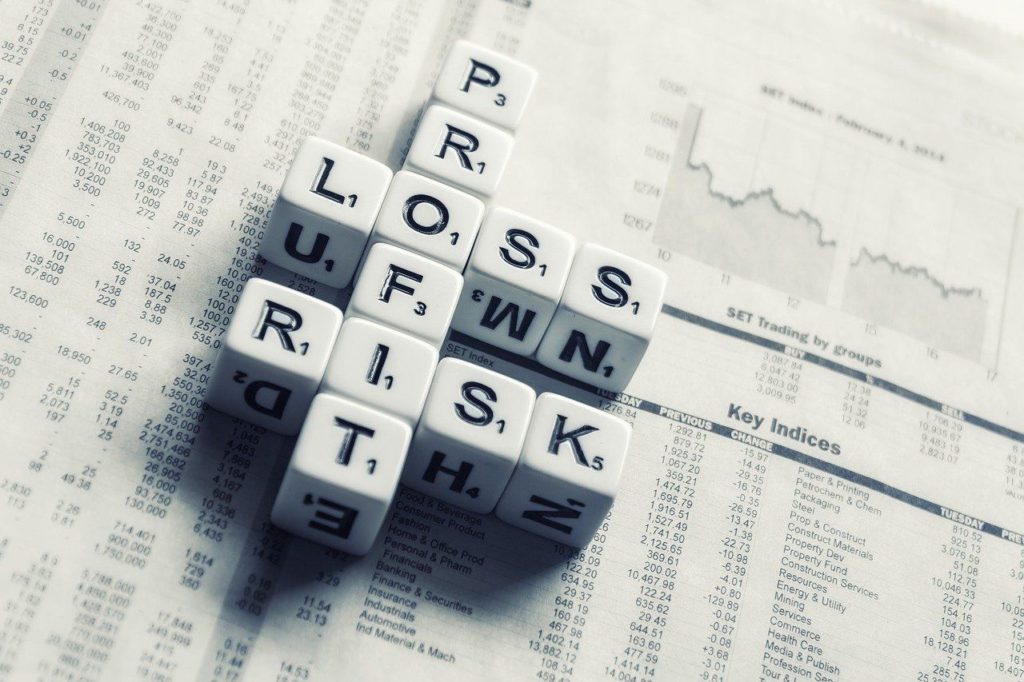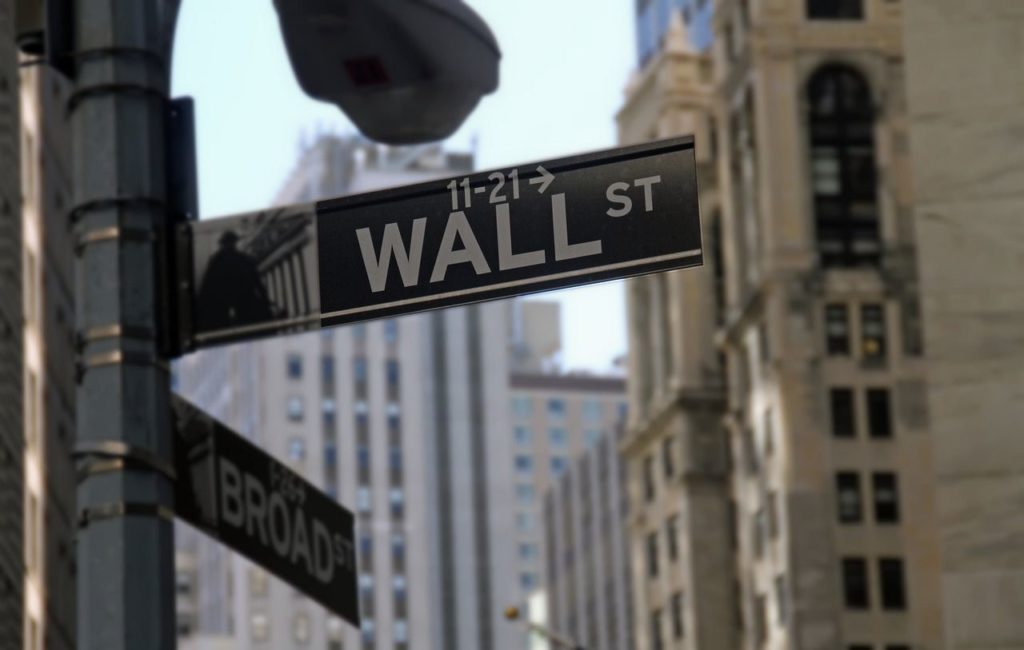
Fall has started well, with the US stock market looking more attractive in September after the summer sell-off. Economic indicators have improved investor sentiment, and the bond market has taken into account the lower probability of future rate hikes by the Federal Reserve. But we can’t forget the risks. What investment tactics should you choose for the coming months? What is the outlook for 2023?
US: economy steady, recession postponed.
Wall Street started the fall in a good mood. A sharp slowdown in inflation and a resilient economy have reinforced expectations of another pause in the Fed’s rate hike cycle this month. Markets rate the probability that the FOMC will leave interest rates unchanged in the 5.25-5.5% range on Sept. 20 at 93% probability, according to CME FedWatch Tool data.
The probability of a 25 basis point rate hike to the 5.5-5.75% range at the next meeting in November is estimated at 45.2%, up from 25.9% a month earlier.
Buyers received additional support from strategists. Goldman Sachs economists earlier this week estimated the probability of a US recession in the next 12 months at 15%. This means that they do not see any serious risks of economic slowdown.
Bespoke Investment Group believes that the recession in the United States can be postponed until early June 2024. According to analysts, the next economic recession could occur in about 275 days or start around the beginning of June 2024. Their calculation is based on an assessment of data since the early 1960s. According to the analysis, past recessions materialized an average of 589 days after the yield curve on 10-year and 3-month bonds first inverted.
Morningstar analysts are optimistic about the third quarter. In their current forecast, they still expect the U.S. to avoid a recession. However, experts predict that economic growth will begin to slow in the fourth quarter. They also predict that economic growth will continue to slow until it bottoms out in the second quarter of 2024. Morningstar’s gross domestic product forecast suggests U.S. economic growth will slow from 2.3% in 2023 to 1.4% in 2024.
This could lead to a sharp increase in stock market volatility in the fourth and/or first quarter of 2024. “Once economic growth starts to slow, this will also put pressure on earnings growth. Management teams may try to lower their earnings forecasts either in October when third-quarter earnings are announced or in early 2024 when they report year-end earnings,” Morningstar analysts believe.

China: expectations and reality.
On the other hemisphere, investor sentiment is not so rosy. Investors are still waiting for further supportive measures from Beijing to strengthen the economy and restore market confidence.
Shares in mainland China and Hong Kong fell on Thursday after statistics showed a drop in both exports and imports. The yuan fell: about 7.335 yuan could be bought for $1 on the offshore market.
Selling pressure was stronger in shares of companies that are more integrated into global trade. Shares of chip maker Semiconductor Manufacturing International, already hurt by U.S. import restrictions, lost 7.6 percent. Shares of computer maker Lenovo, popular overseas, fell 3.4%.
Economists surveyed by Reuters believe China will struggle to meet its economic growth target of around 5% by 2023 without increasing government spending.
Around 5% is still a much higher growth rate than many other major economies can achieve, but for a country that invests about 40% of its GDP each year – about twice as much as the U.S. – it’s a disappointing figure.
There is also uncertainty about the government’s willingness to undertake large-scale fiscal stimulus, given the high level of municipal debt.
Stress in the real estate market, which accounts for about a quarter of economic activity, raises additional concerns about Beijing’s ability to contain the downturn in economic growth.
Some economists warn that investors will have to get used to a much lower growth rate. A smaller proportion of them even raise the prospect of Japanese-like stagnation.
“China’s economy is gradually starting to slow down. To some extent this reflects the current geopolitical tensions between the US and China, trade wars haven’t gone anywhere – imports and exports are falling. Low demand for the emerging oversupply and within the PRC – retail sales are falling, industrial activity is declining

